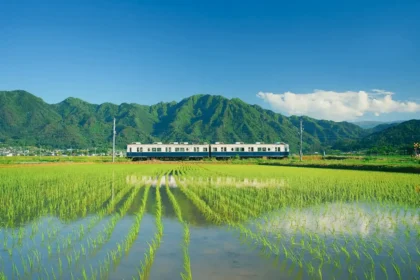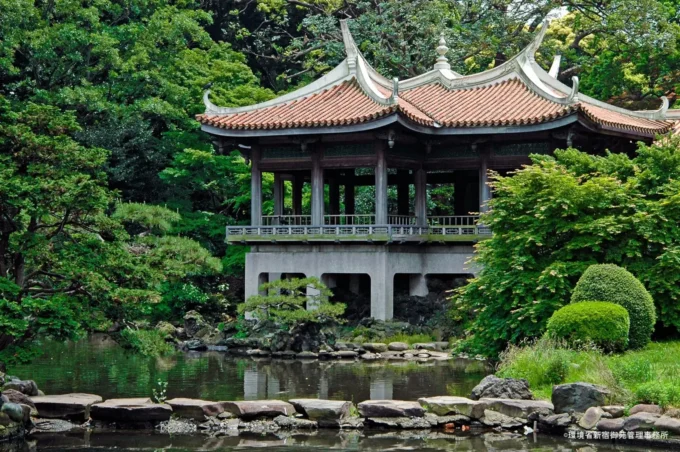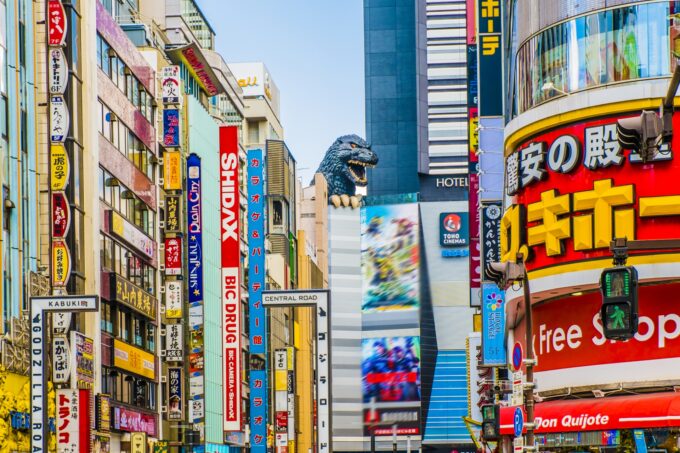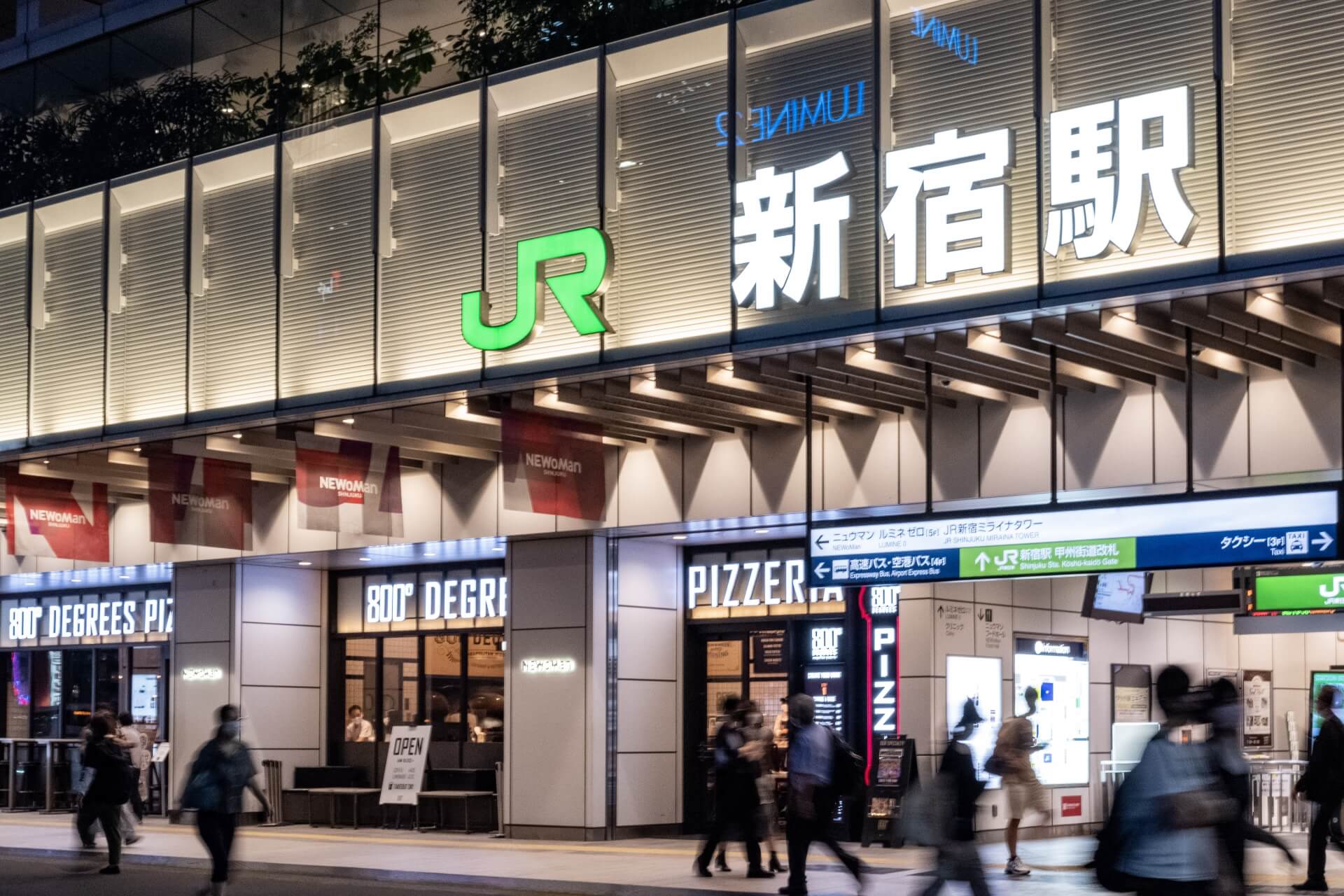
Shinjuku is one of many major stations in Tokyo but can also lay claim to being the busiest station in the world. It is estimated that 3.5 million people pass through the station every day. While Shinkansen / 'Bullet Train' services do not operate from Shinjuku, a couple of rapid services to some of the most popular destinations in Central Japan mean that the station is frequented by international visitors. On this page you will find the following information:
-- Train Lines / Services to Shinjuku Station
-- Getting to Shinjuku from the Airports
-- Reaching Central Japan from Shinjuku Station
-- Rail Passes Covering Travel to Central Japan
-- Purchasing & Activating a JR Pass
-- Private Charters to / from Shinjuku Station
-- Shinjuku Station Tourist Information
-- Accommodation In & Around the Station
-- 30 Day-trips & Getaways Near Tokyo
It is important to note that the following information is intended for visitors coming through Shinjuku Station on enroute to Nagano and Central Japan. It only touches the surface of everything we could cover about the station and does not include detailed information about train lines running to other regions, but for visitors heading to and from our home region of Central Japan, we hope it assists in making your transfer there, as easy and smooth as possible.
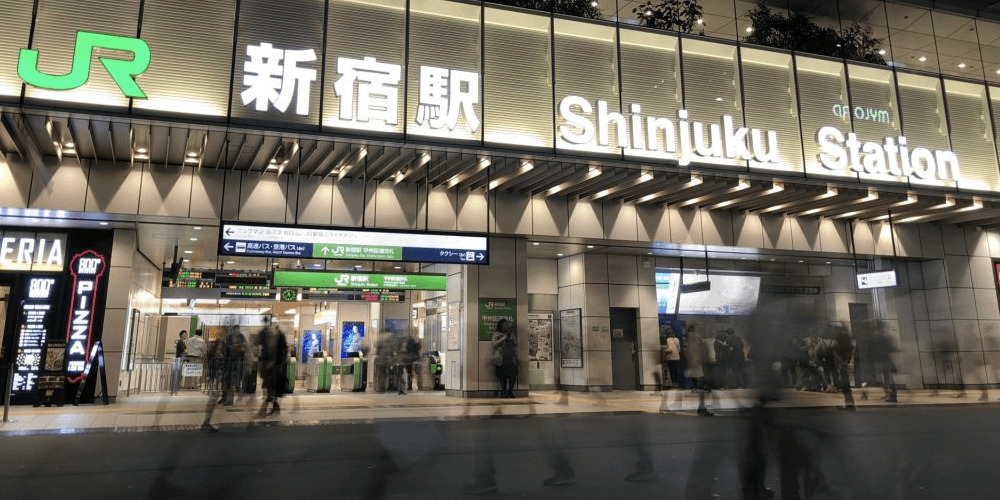
With many train lines operating to and from Shinjuku and heavy traffic every day, the station is immense and can be confusing to navigate. The station has an endless array of facilities including sprawling shopping areas, many restaurants and hotels.
TRAIN LINES / SERVICES TO SHINJUKU STATION
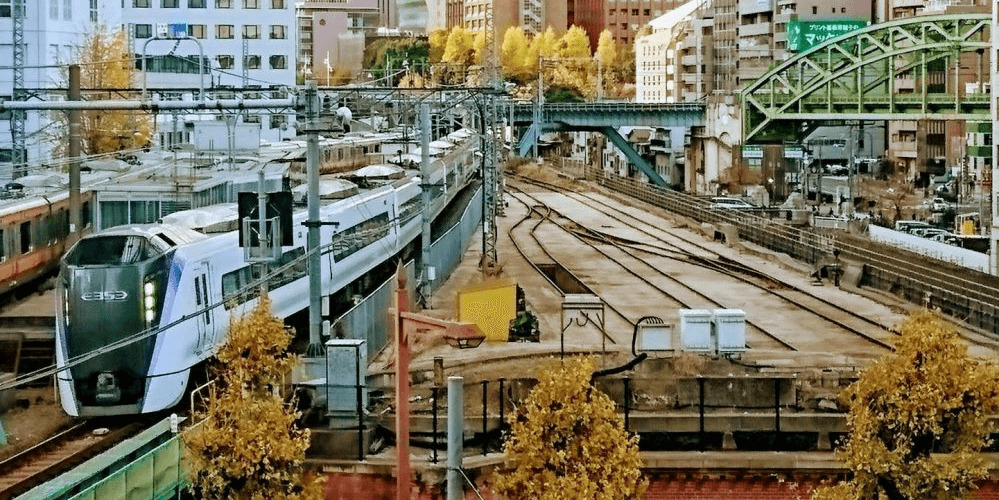
While many train lines from to and from the station, Shinjuku does not have a shinkansen line. To access Japan’s shinkansen or ‘Bullet Train’ network from Shinjuku, you will need to head to Tokyo Station. To do so the Yamanote Line, Chuo Line Rapid Service or Tokyo Metro Marunouchi Line will be the most convenient option. They journey takes between 13 and 18 minutes and costs JPY200. Once at Tokyo, multiple shinkansen lines are readily accessible. For visitors heading into Central Japan from Shinjuku the following services on the Chuo Main Line connect Tokyo with some of the most popular destinations in the region. It is a primary route to head to and from Central Japan, allowing visitors to head to Mount Fuji before moving onto destinations including Matsumoto and beyond.
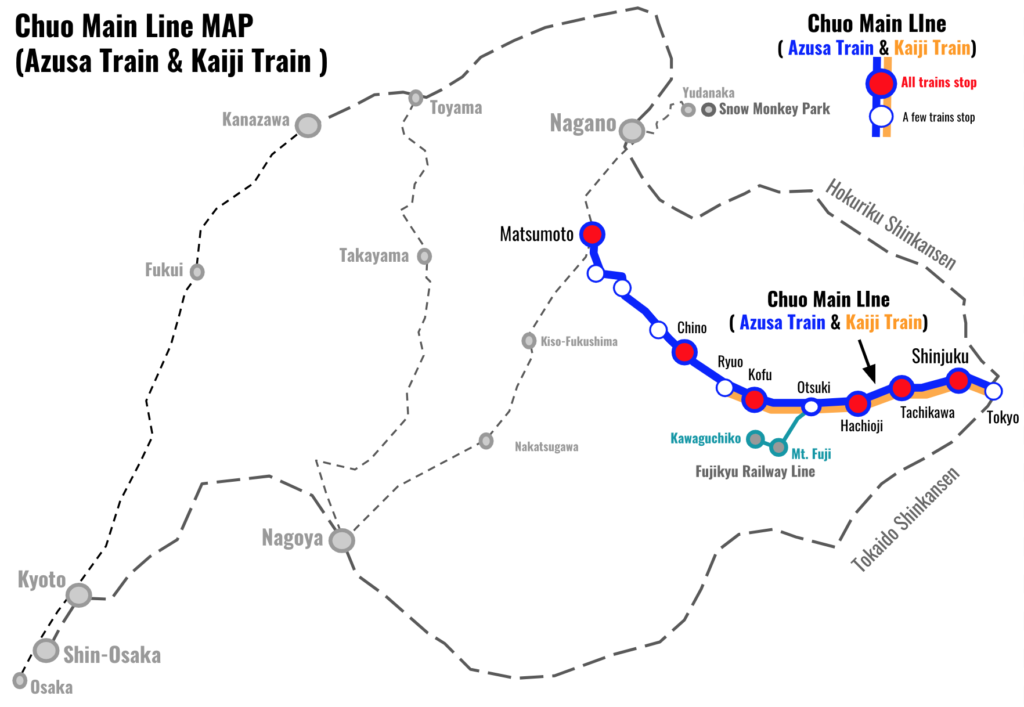
Two convenient services operate on the Chuo Main Line:
1 / the Limited Express Azusa: running from Shinjuku to Matsumoto, visitors can transfer to this service at stations including Kofu and Hachioji.
2 / the Limited Express Kaiji: running from Shinjuku to Kofu, connects to the Fujikyu Railway Line via Otsuki Station allowing travellers to head onto Mount Fuji.
For further details, refer to the information below. Both services are covered by both the full Japan Rail (JR) Pass - see below for more details
LIMITED EXPRESS AZUSA
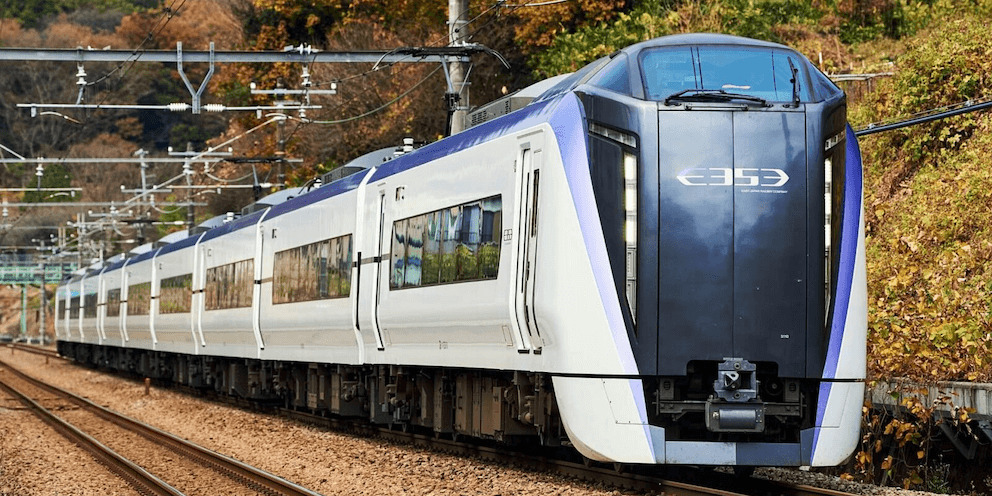
Running from Shinjuku Station to Matsumoto Station, the Limited Express Azusa service stops at the following stations:
Shinjuku / Tachikawa / Hachioji /Otsuki**/ Kofu / Kobuchizawa / Fujimi / Chino / Kami-Suwa / Shimo-Suwa / Okaya / Shiojiri / Matsumoto*
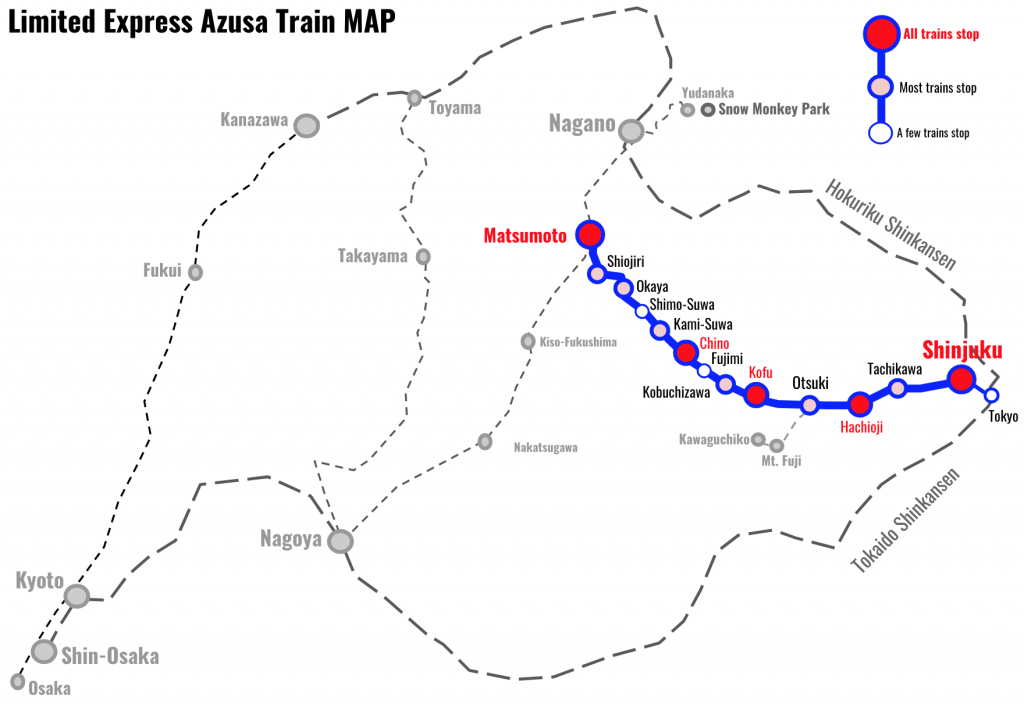
The journey from Shinjuku to Matsumoto takes around 170 minutes and costs JPY6620. There are frequent services throughout the day, typically one or two each hour. Refer to our 'Limited Express Azusa Timetable' page for the daily schedule. Train include both reserved and non-reserved seats.
*Please note, stations marked in bold / red on the map are stops on all services. Those not marked in bold are only serviced by certain services throughout the day. Some services extend to stop prior to Shinjuku Station – including Chiba – Funabashi – Kinshicho / Tokyo – and after Matsumoto Station – including Toyoshina – Hotaka – Shinano-Omachi – Hakuba – Minami-Otari.
**While some Azusa services stop at Otsuki Station allowing passengers to transfer to the Fujikyu Railway Line headed to Mount Fuji, most services do not. To reach Otsuki it will usually be easiest to transfer from the Azusa and either Hachioji or Kofu and take the Limited Express Kaiji service onto Otsuki.
LIMITED EXPRES KAIJI
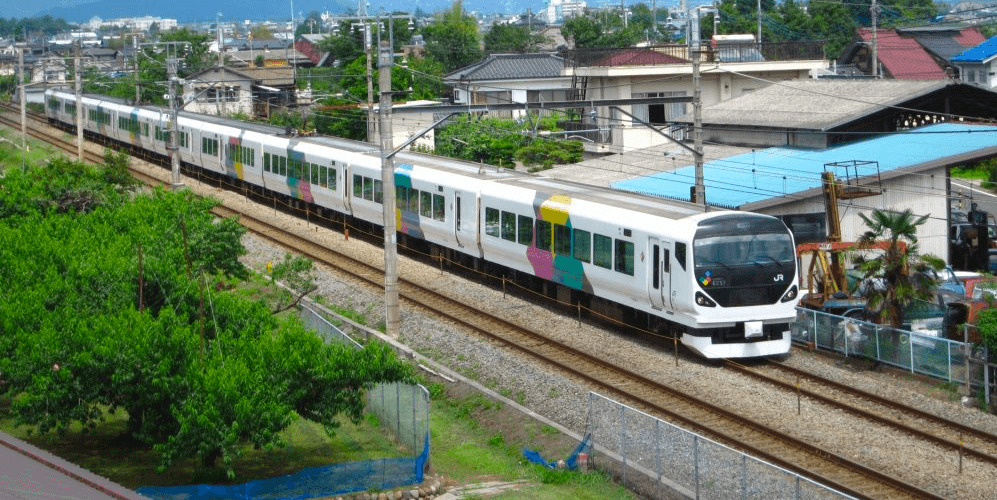
Most Limited Express Kaiji services run to and from Shinjuku Station and Kofu Station however it should be noted that a couple of services each day start from Tokyo Station and continue onto Ryuo Station. All Kaiji services stop at the following stations: Shinjuku / Tachikawa / Hachioji / Otsuki / Kofu*

Once at Otsuki Station, passengers can transfer to the Fujikyu Railway Line bound for stations nearby Mount Fuji.
*Please note, all listed stations - marked in red on the map - are stops on all services. For further information, please refer to our ‘Limited Express Kaiji’ page.
GETTING TO SHINJUKU FROM THE AIRPORTS
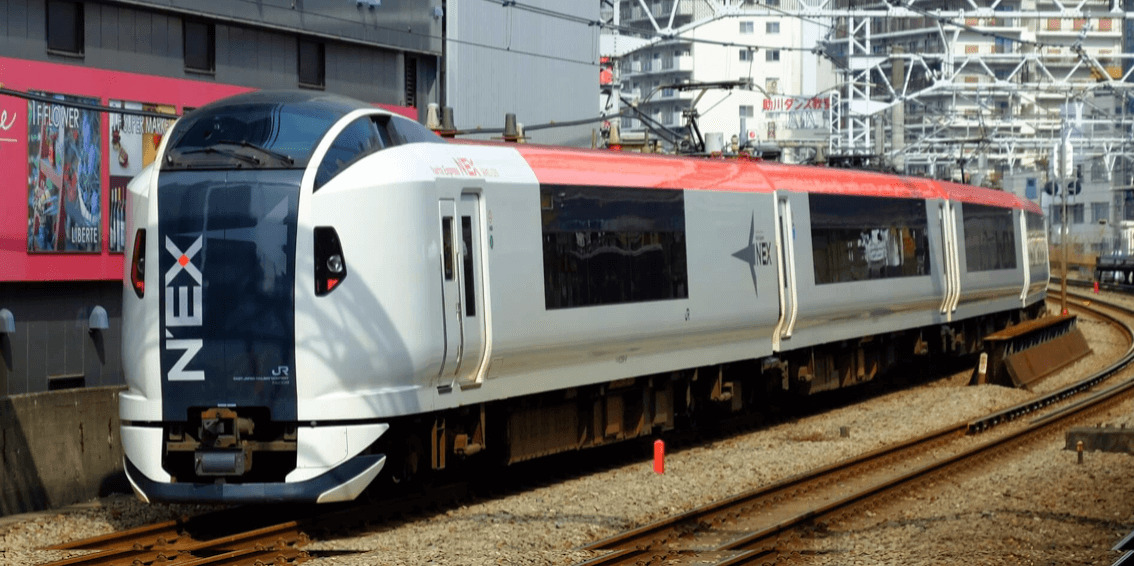
Tokyo is serviced by two international airports - Narita Airport and Haneda Airport. Shinjuku Station is connected to Narita by the rapid Narita Express (N'EX) service and while there is no direct or rapid service to Haneda Airport, the journey is straight-forward using the Tokyo Monorail or Keikyu Line. Let's start with the direct service to Narita:
TO NARITA: NARITA EXPRESS (N'EX)
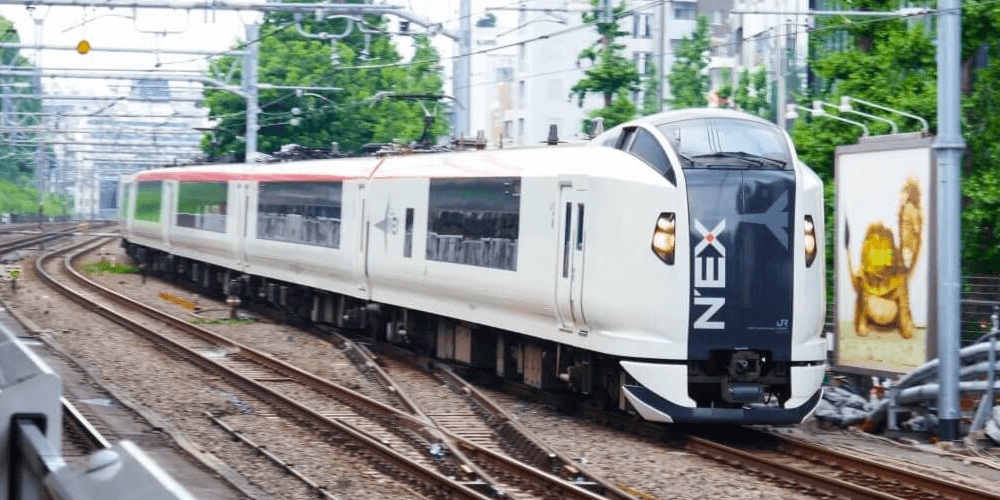
Making stops at Narita Airport Terminal 1 and a joint stop for Terminal 2 & 3, the Narita Express (N'EX) takes between 90 to 105 minutes to travel from Shinjuku Station to the airport (depending on the specific service and which terminal you are using). Please note, not all NEX services run from/to Shinjuku so please check the timetable carefully to ensure you take the right train. All services stop at Tokyo Station. Tickets can be purchased online up to one month in advance however there really is no need to book ahead of time. Tickets are available using the ticket machines or service windows at the station or the airport terminals. For the daily schedule, see our 'Narita Express (N'EX) Timetable' page. The Narita Express is covered by the JR Pass, JR East Pass and JR Hokuriku Arch Pass - please see below for details.
TO HANEDA: TOKYO MONORAIL via HAMAMATSUCHO STATION
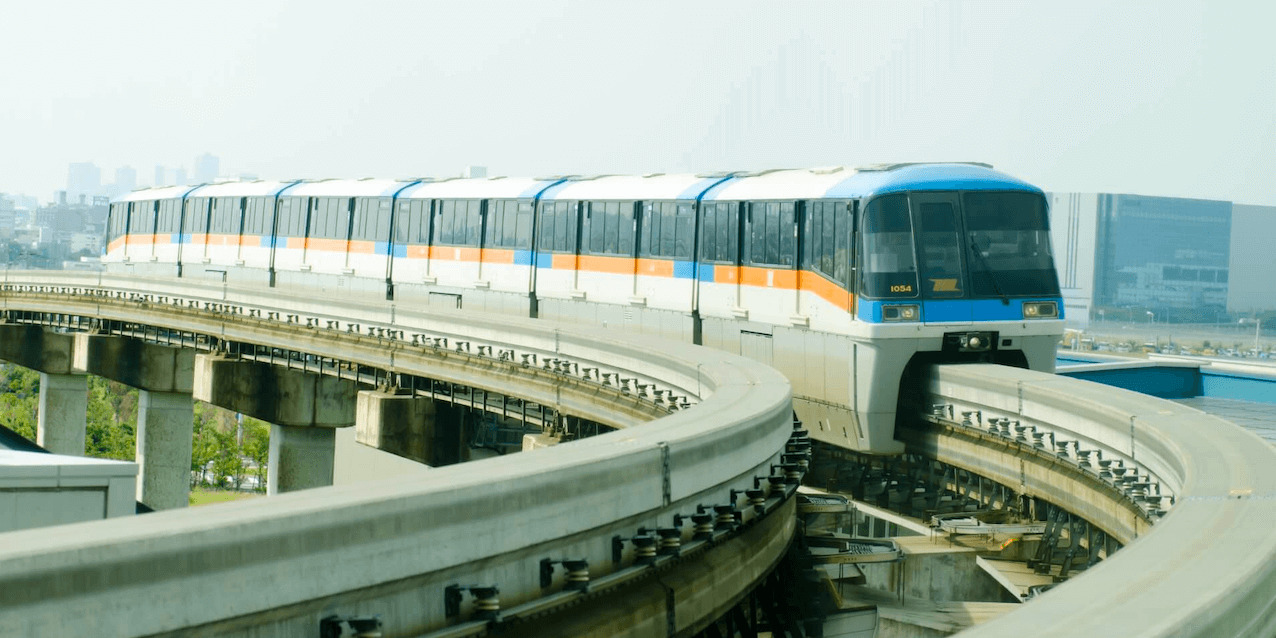
Servicing Haneda Airport, the Tokyo Monorail connects the airport to Shinjuku Station via Hamamatsucho Station in around 45 minutes. Overall, Haneda is the busier of the two airports handles fewer international flights than Narita. Most international services from Haneda arrive/depart at Terminal 3. Unlike the NEX – which is primarily used by passengers traveling to and from the Narita Airport – the Tokyo Monorail is used by many people going about their daily lives. It is designed for general commuters and not as comfortable or spacious as the NEX. Navigating your way on and off with luggage at peak hour ca be a little challenging. Nevertheless, the monorail makes the journey to and from Haneda Airport quick and relatively smooth. From Shinjuku Station, take the JR Yamanote Line bound for Osaki or JR Keihin-Tohoku/Negishi Line Rapid bound for Ofuna and disembark at Hamamatsucho Station (20 min/JPY200). At Hamamatsucho, transfer to the Tokyo Monorail bound for Haneda Airport (20 min/JPY500) – a journey of around 30 minutes, costing a total of JPY700 one-way. The Tokyo Monorail is covered by the JR Pass, JR East Pass and JR Hokuriku Arch Pass.
TO HANEDA: KEIKYU LINE via SHINAGAWA STATION
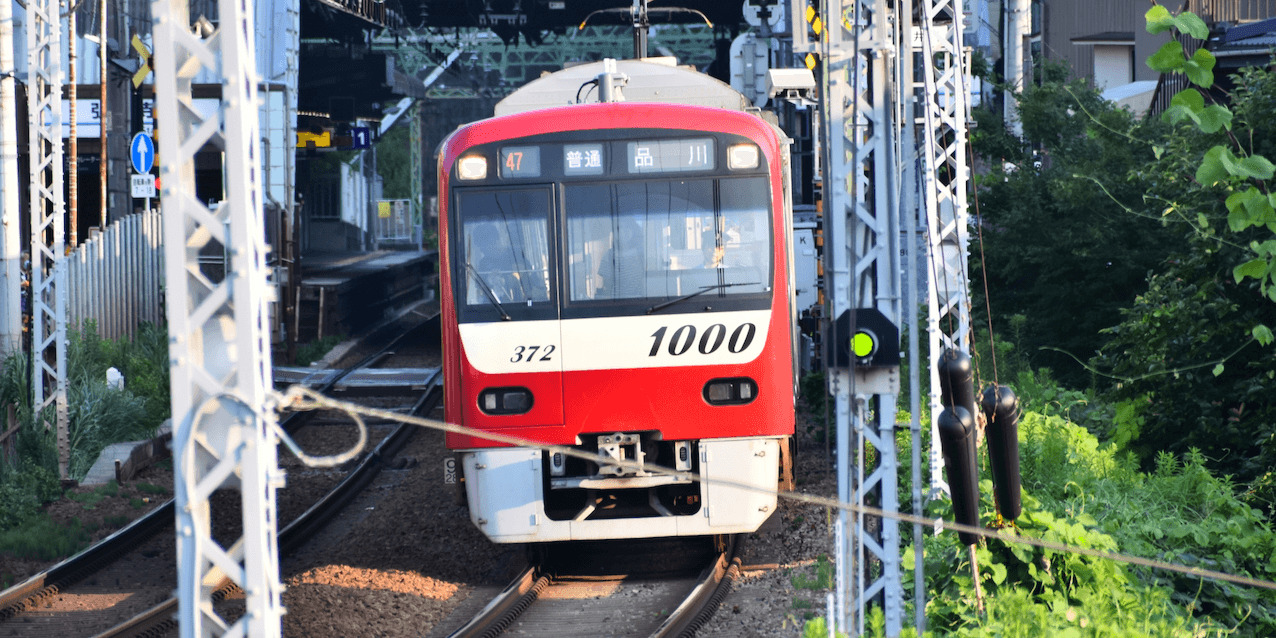
Alternatively, visitors can also use the Keikyu Line to reach Haneda Airport from Shinjuku Station via Shinagawa Station. Using he Keikyu Line from Shinjuku Station also takes around 45-minutes and is cheaper than the Monorail – only JPY500. It is also a conventional inner-city train than meaning that reservation is not necessary/possible and carriages can be crowded during peak hour as Tokyoites go about their daily business. For international visitors it is also important to note that unlike the Tokyo Monorail, the Keikyu Line is not covered by any JR Pass. Services run regularly throughout the day from Haneda to Shinagawa Station, approximately every 10 minutes between the hours of 05:00 and 24:00/midnight. The earliest service departs Haneda around 05:30 (bound for Shinagawa) or departs Shinagawa around 05:00 (bound for Haneda). The latest services depart both Haneda and Shinagawa around midnight. The journey from the airport to Shinagawa takes as little as 13-minutes but more likely around 20-minutes. To use the line from Shinjuku Station, take the JR Yamanote or JR Keihin-Tohoku Line from Tokyo Station to Shinagawa Station (20 min/JPY200) and then transfer to the Keikyu Airport Line Bound for Haneda (20 min/JPY300) – a total journey of around 45-minutes / JPY500.
REACHING NAGANO & CENTRAL JAPAN


When heading to Nagano and Central Japan from Shinjuku, visitors have two easy options: 1. using the Limited Express directly to Matsumoto Station or 2. using the Hokuriku Shinkansen from Tokyo Station to Nagano Station.
VIA MATSUMOTO
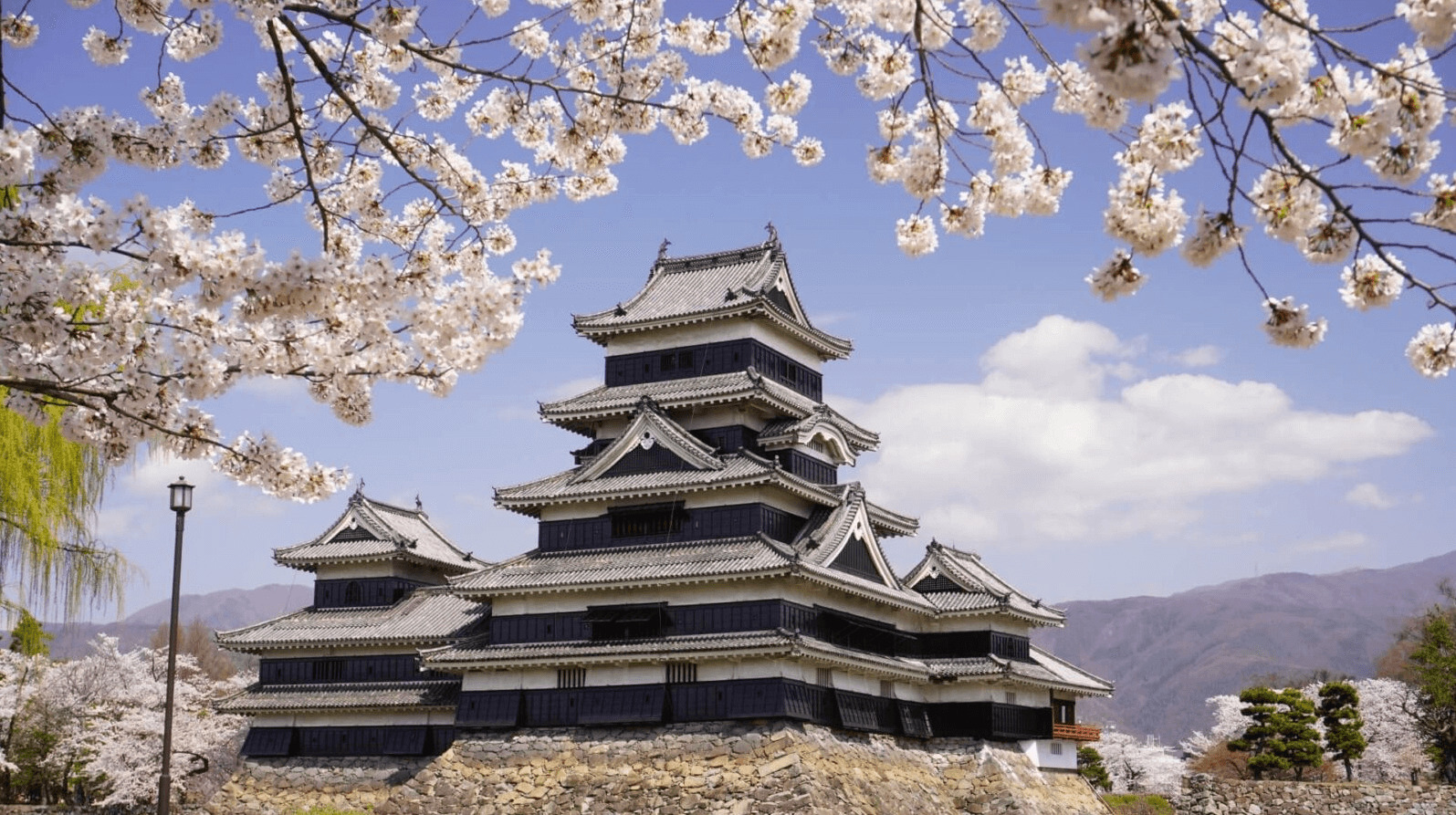
The most direct way to access Central Japan from Shinjuku Station is to head to Matsumoto - one of the most historic cities in the region. To do so, use the Limited Express Azusa from Shinjuku Station to Matsumoto Station – as described above. For more information, see our 'How to Get to Matsumoto' page.
VIA NAGANO


Nagano City is the largest city in northern Nagano Prefecture and gateway to the region's many attractions including some of Japan's best ski resorts. Nagano is readily accessible from Tokyo Station using the Hokuriku Shinkansen. To access the shinkansen from Shinjuku Station, take the Yamanote Line, Chuo Line Rapid Service or Tokyo Metro Marunouchi Line – as described above – and once at Tokyo, switch to the Hokuriku Shinkansen – all services stop at Nagano Station. For further information, refer to our ‘Hokuriku Shinkansen’ page and our 'How to Get to Nagano' page.
VIA HAKUBA (WINTER ONLY)
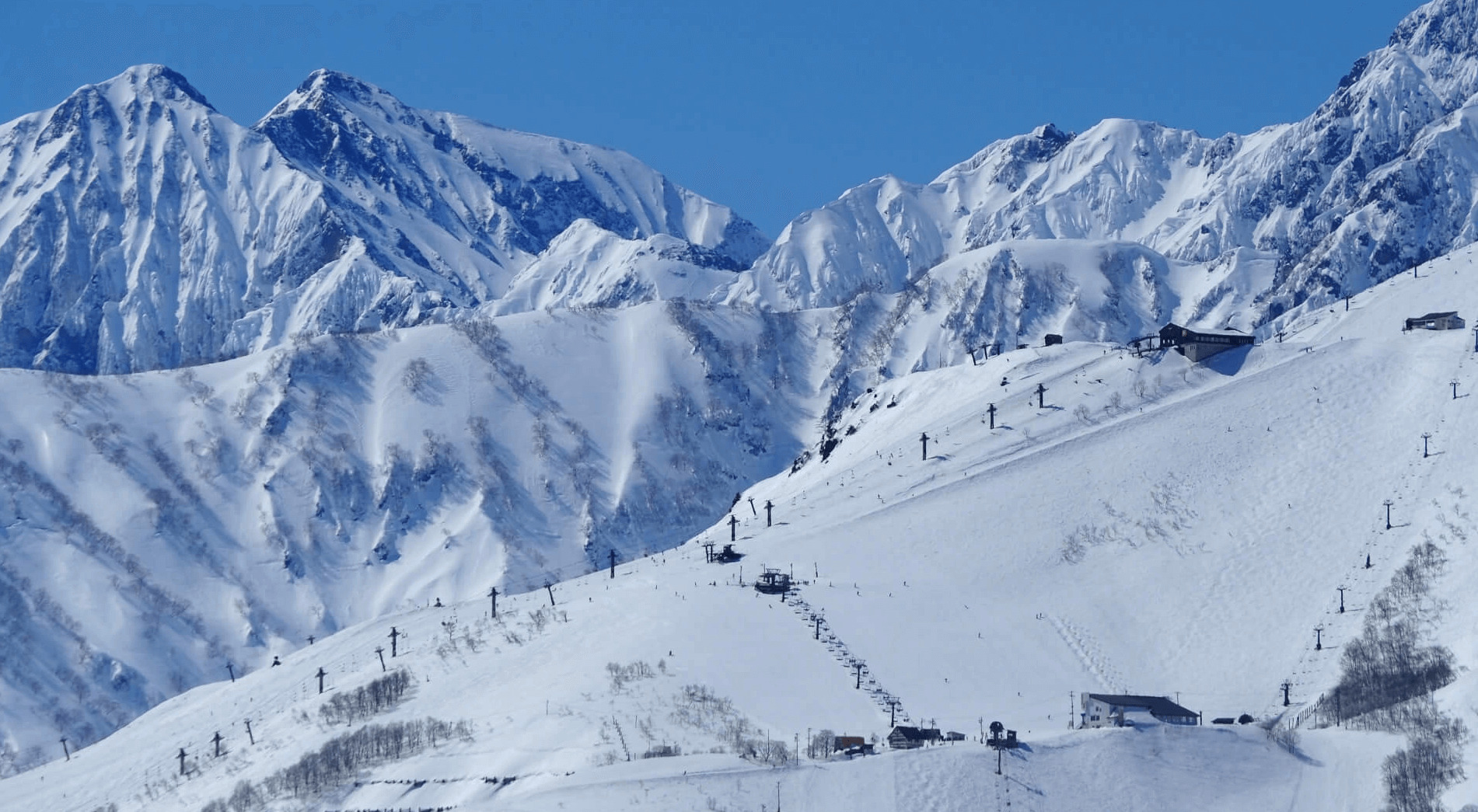
During winter, Alpico operates daily services to and from the Shinjuku Expressway Bus Terminal (adjoining Shinjuku Station) in Tokyo to the ski resorts of Hakuba Valley in Nagano. From Shinjuku, the earliest service departs at 07:35 and the latest departs at 23:05. Buses take just under 5.5 hours to make the journey and cost JPY5200 per adult (12+), JPY2600 per child (6-11) and children under 6 are free of charge. These are large buses with room for up to 44 passengers and plenty of luggage space underneath for suitcases along with ski and snowboard gear. Tickets are bought at the ticket desk inside the Shinjuku Expressway Bus Terminal. For full details, please refer to Alpico’s timetables and fares page.
RAIL PASSES COVERING TRAVEL TO CENTRAL JAPAN
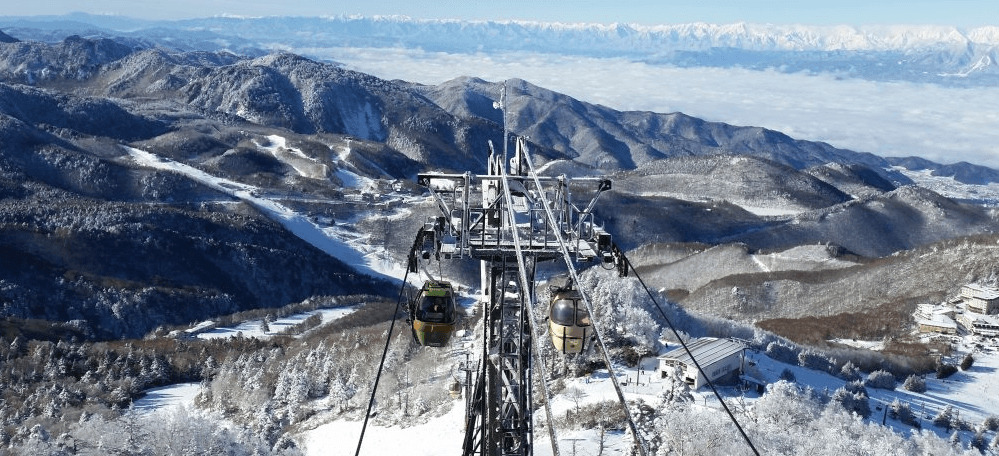
There is no escaping the fact that travel using the shinkansen is expensive. Given the speed and distances covered by these trains, travelers should think of them much like taking a flight, with tickets accordingly priced. International visitors to Japan have the option of purchasing one of several passes which allow for unlimited use on many services, starting with the full:
JAPAN RAIL (JR) PASS
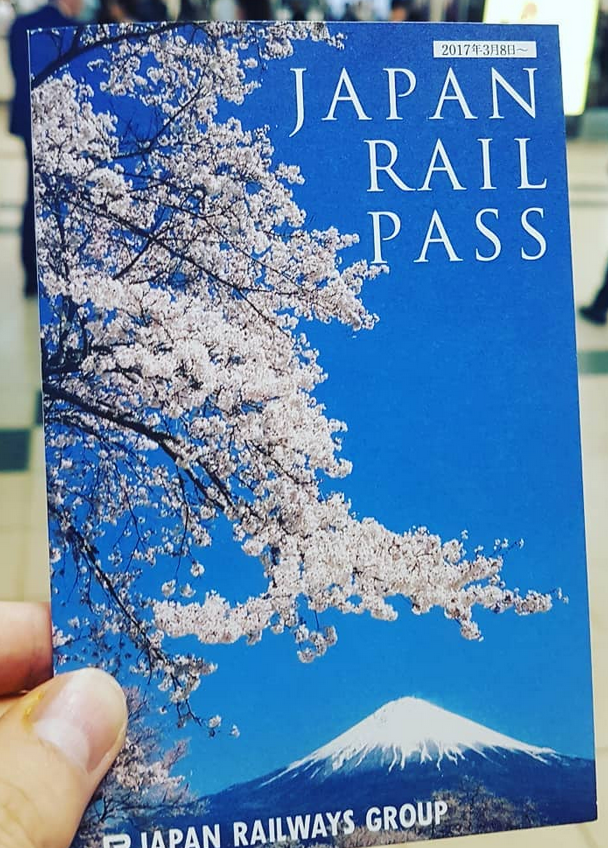
Covering all 9 shinkansen lines in Japan and many other train services, the JR Pass is a great option for visitors planning to use the shinkansen more than a handful of times and/or travel large distances. Travelers have the option of 7, 14 and 21-day passes covering either Ordinary or Ordinary and Green Cars. The JR Pass includes use of almost any service on the shinkansen and other major rapid service lines at no additional cost but noting that should holders wish to have a reserved seat, they are still required to book a seat at the ticket office (at no additional cost).
HOKURIKU ARCH PASS
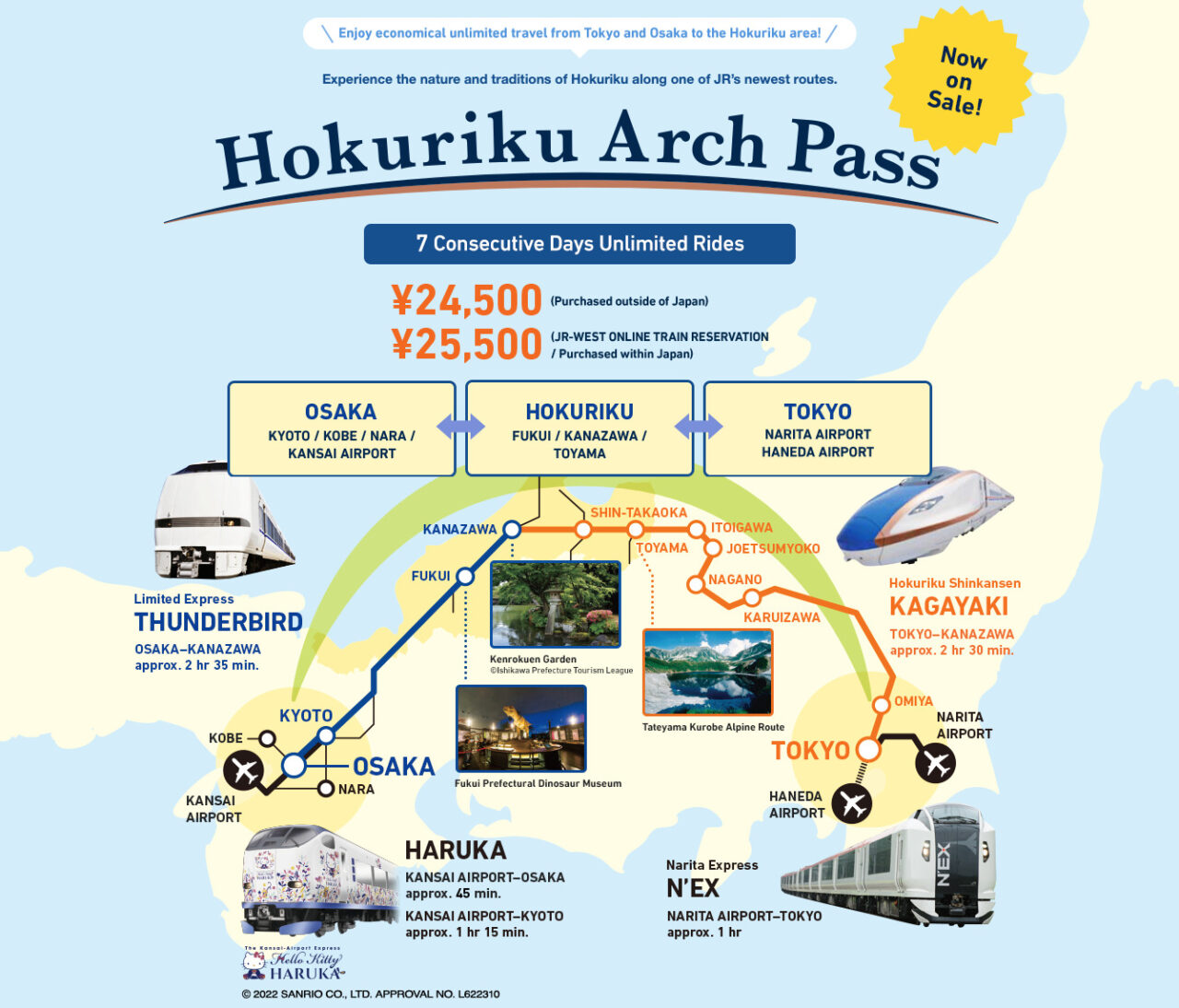
Valid for 7 consecutive days from date of activation, the Hokuriku Arch Pass covers train services from Tokyo – including trains from both Narita and Haneda Airports – to Nagano and Kanazawa and then onto Kyoto, Osaka and Kansai Airport. For many international visitors, this pass covers the majority of their intended destinations as the they follow the most popular tourist route from Tokyo to Kanazawa and onto Kyoto and Osaka. Notably cheaper than the full JR Pass, the Hokuriku Arch Pass offers fantastic convenience and savings.
PURCHASING & ACTIVATING A JR PASS
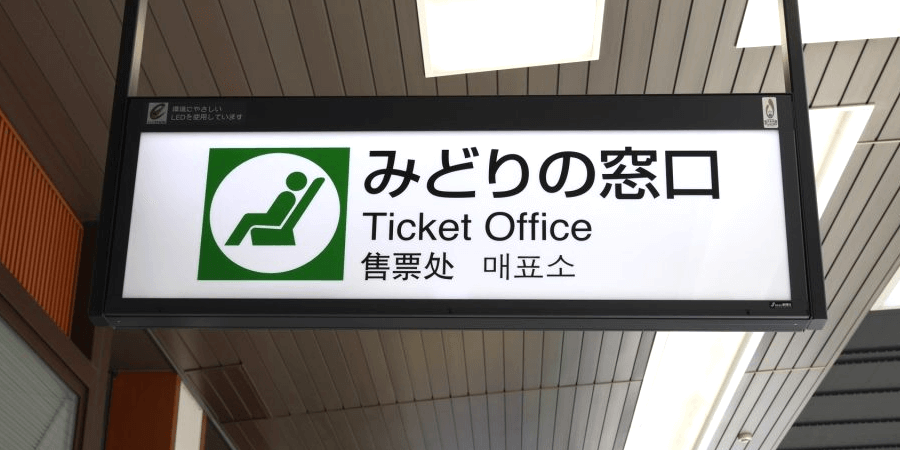
Passes can be purchased via the official website or via a JR-affiliated overseas sales office. Once you have completed payment, you will receive an exchange order. This is a proof of payment and looks almost like a flight ticket with your personal details, type of pass, and validity (three months from the date of issue). It is important to note that the exchange order is not your actual pass and will need to be exchanged for your pass once in Japan. Whatever you do, do not lose the exchange order and prioritise exchanging it for your pass when you arrive.
Once you arrive in Japan and prior to using your pass, you must actually get your hands on it by exchanging the order/proof of purchase you received online. This can be done a numerous JR Pass Exchange Offices found at any major train station or airport, including Kansai International Airport serving Osaka, Chubu Centrair International Airport serving Nagoya, along with Narita Airport and Haneda Airport in Tokyo. While at Shinjuku Station, passes can also be exchanged/activated at these offices:
-- JR East Travel Service Center (New South Gate): 08:00 to 19:00
-- JR East Travel Service Center (East Gate): 08:00 to 19:00 (18:00 on weekends & holidays)
To exchange/activate your pass you will need your exchange order and passport. Make sure you allow adequate time to exchange and activate your pass if you are intending to use it on the same day or do so a day or two before you plan to start using it (you can always nominate a later activation date). Once you have your activated pass you are free to ride however you can’t insert your pass into the ticket gates. Simply walk through the side booth (permanently attended by station staff) and show your pass. You will be waved through and you can make your way to the platform.
PRIVATE CHARTERS TO / FROM SHINJUKU STATION
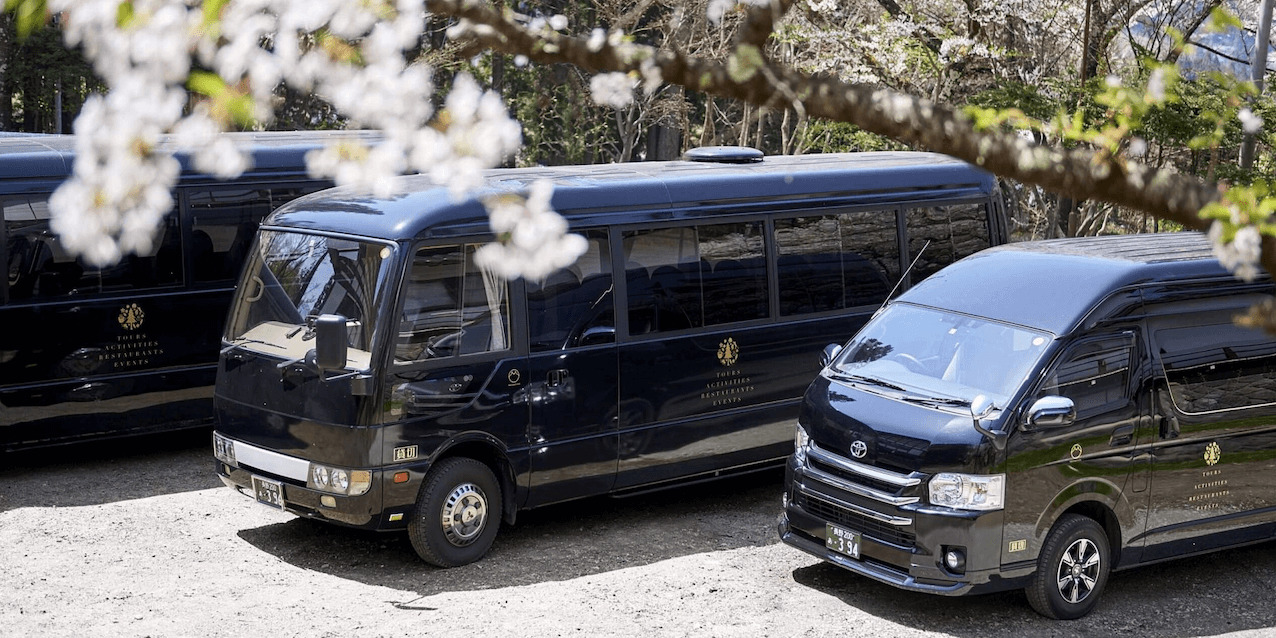

Based in Nagano, we are the region’s No.1-rated tour and charter operator. Operating all year round, we can provide charters to any destination in Central Japan, with customised itineraries to suit your travel needs and interests. We have the expertise and experience to help you get the most out of your time in the region, including transport to and from any regional destination. Our drivers and vehicles are fully certified, allowing us to transport you to and from your preferred destinations, in combination with any activity that suits your interests and schedule. All vehicles are fitted with a protective screen – separating the driver from passenger and luggage area – and our drivers wear protective masks, allowing you to move between your destinations in comfort and safety.
Why choose us?
Awarded a 2022 TripAdvisor Travelers’ Choice Award for our 1-Day Snow Monkeys, Zenko-ji Temple & Sake Tour – recognised as one of the Top 10 Experiences in Japan – we have the local knowledge and experience to help you get the most out of your time in Japan.
Got a question about visiting Nagano and Central Japan from Shinjuku? Head to our ‘Charters’ main page or click on the INQUIRY button below, let us know what you need, and we'll get back to you with a quote.
SHINJUKU STATION TOURIST INFORMATION
Tourist Information is located on the 3rd floor on the Shinjuku Expressway Bus Terminal, approximately 1-minute walk outside the New South Exit. Open daily 06:30 to 23:00, full-time English, Chinese and Korean-speaking staff are on-hand to assist with ticketing, general any tourism, accommodation and transport-related enquiries.
It is important to note that Shinjuku Station has multiple exits and entrances, and depending on where you want to go your exit will change. In fact there are over 200 exits in total! There are the most popular and largest exits which you will most likely use :
- West Exit - Known as the Nishi-Guchi exit, this exit is where many of the larger and popular hotels in Shinjuku are located such as the Keio Plaza Hotel. If you’re staying in the Shinjuku area for your Tokyo stay, there is a high chance you will be needing this exit. The exit is also used accessing the Tokyo Metropolitan Government Building, a popular free observation deck. You can also find a few shops on this side such as the well known Yodabashi Camera Flagship store and the Odakyu Department store.
- East Exit - Known as the Higashi-Guchi exit, this exit is probably the most famous and busiest of all the Shinjuku exits. This exit gives you direct access to downtown Shinjuku where you will be right in the hub of all the shops, restaurants and nightlife. Here, you will find the famous area of Kabukicho where the Godzilla Statue and places like Golden Gai can be found. You will also find most of the popular stores here such as Isetan, Lumine, Don Quijote, and Beams Shinjuku Flagship store.
- South Exit - Known as the Minami-Guchi exit, this exit can also be very popular and busy like the East Exit. It gives you great access to more of the main shopping areas of Shinjuku with stores such as Takashimaya Department, Tokyu Hands, Loft and Uniqlo being found on this side. This exit is also one of the best to use to walk to the popular Shinuku Gyoen Gardens and Park. Finally, if you’re looking to catch a bus out of Tokyo you will find the Shinjuku Express Bus Terminal located directly opposite this exit, just cross the main crossing once you come out of the station. The bus terminal is popular for those wanting to head to see Mount Fuji in the Kawaguchiko area.
ACCOMMODATION IN & AROUND THE STATION
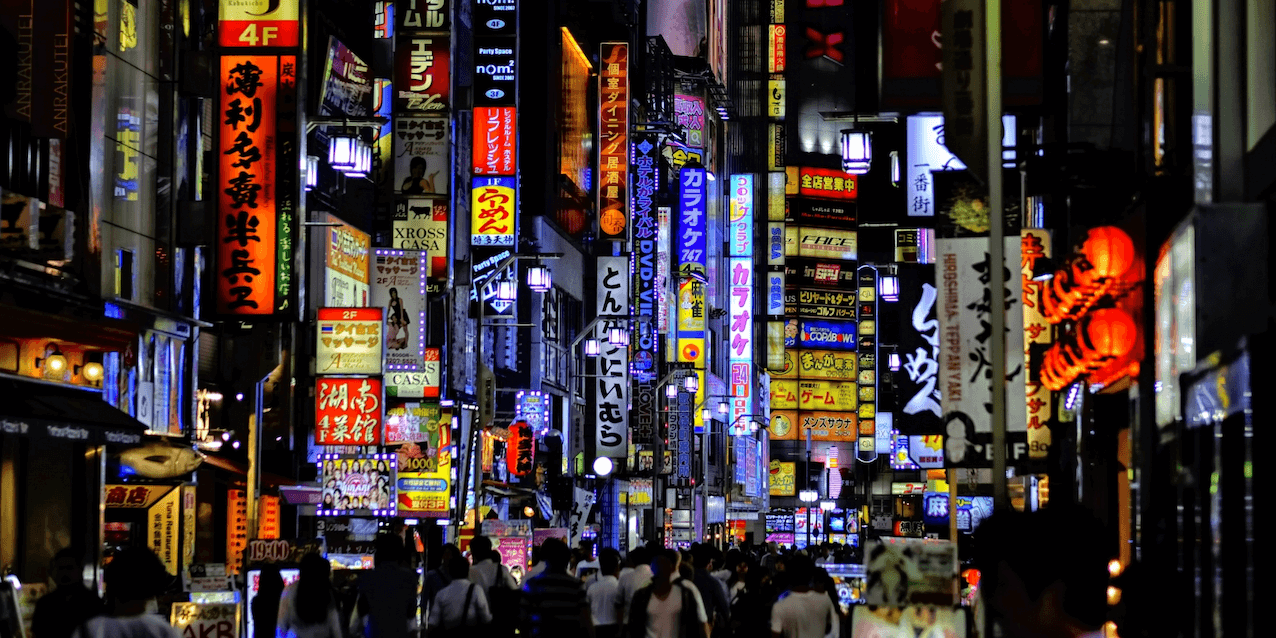
The area surrounding Shinjuku Station is one of the most popular for accommodation areas of international visitors given its convenient location, numerous train lines running to and from the station, endless array of entertainment, nightlife and shopping in the vicinity, and wide-range of hotels and guesthouses. The range of high-end to mid-range to budget makes Shinjuku appealing to many visitors, and with so much entertainment on your door step, it’s easy to see why people choose to base themselves around the station. For accommodation listings in the area, see our 'Shinjuku Station Area' hotel page.
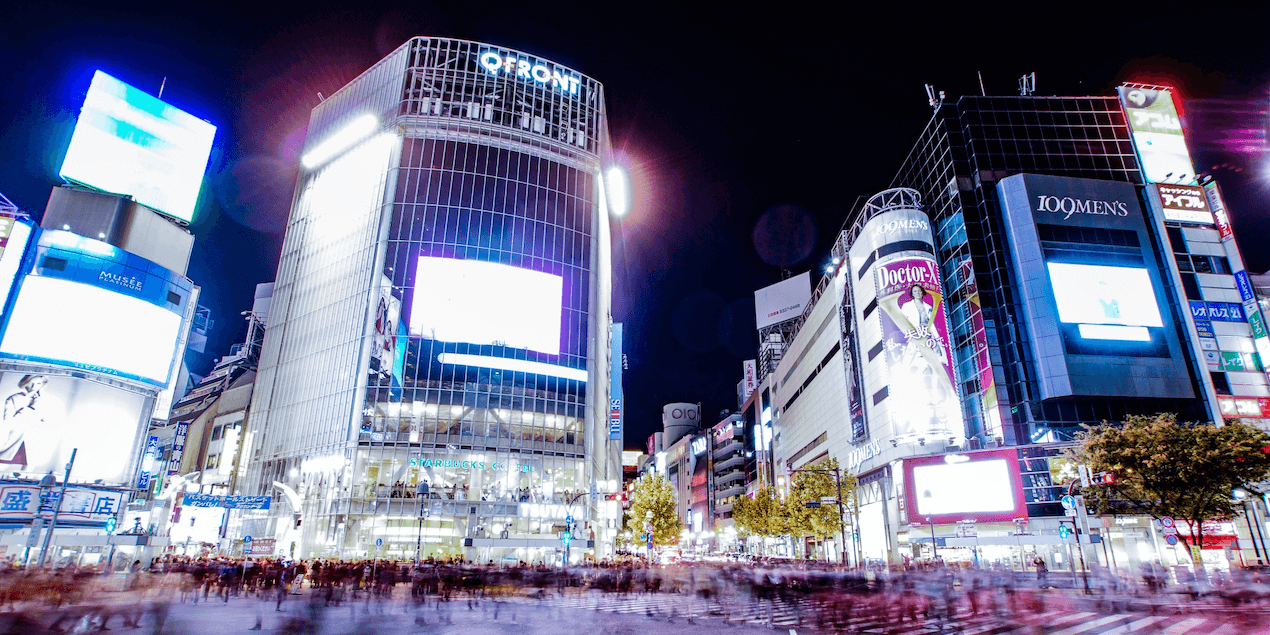
Another option nearby Shinjuku is the area around Shibuya Station. With lots of shopping, dining, entertainment and accommodation on offer, the area is a popular base for many international visitors. There are plenty of hotels in the area from luxury to mid-range and budget. Shibuya retains a slightly more youthful character than Shinjuku and remains a driving force the contemporary culture and trends of the city. For that reason there are some cheaper options available catering to a younger crows but on the whole, because of its convenience accommodation in Shibuya is often expensive. For accommodation listings in Shibuya, see our 'Shibuya Station Area' hotel page.
WHERE TO STAY IN TOKYO?
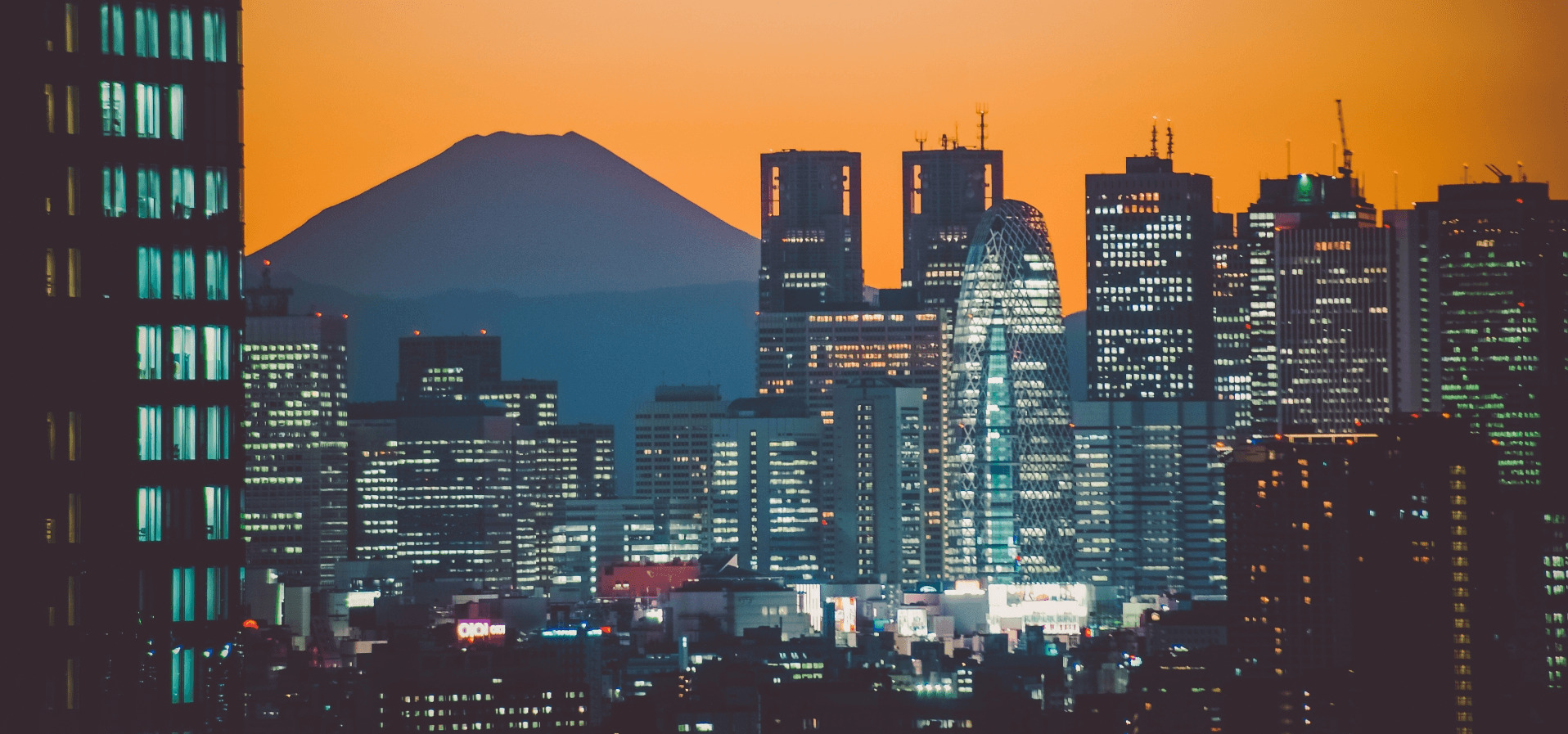
Not just the largest city in Japan but also the largest city in the world, Tokyo is a sprawling giant that must be experienced at least once. Knowing where to stay when visiting Tokyo can make a huge difference when it comes to getting around the city and ultimately, getting the most out of your time there. Our ‘Where To Stay In Tokyo?’ page breakdowns the best areas to stay including accommodation listings.
HOW TO GET TO TOKYO
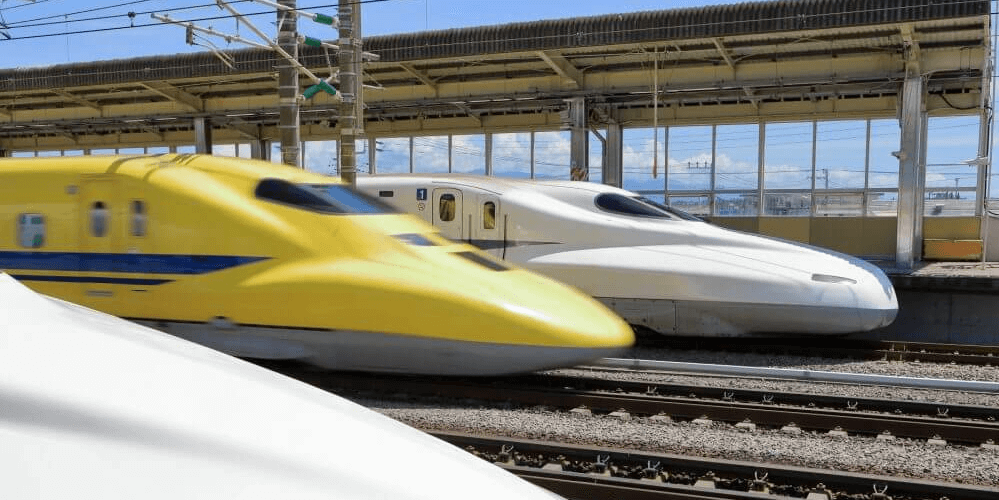
As Japan’s sprawling capital, Tokyo is the start and end point of numerous train lines and express bus services making it easy to reach from all over the country. Our ‘How To Get To Tokyo’ page includes detailed information about just how to get there from popular starting points including Nagoya, Kyoto, Osaka, Nagano and beyond.
THINGS TO DO IN TOKYO
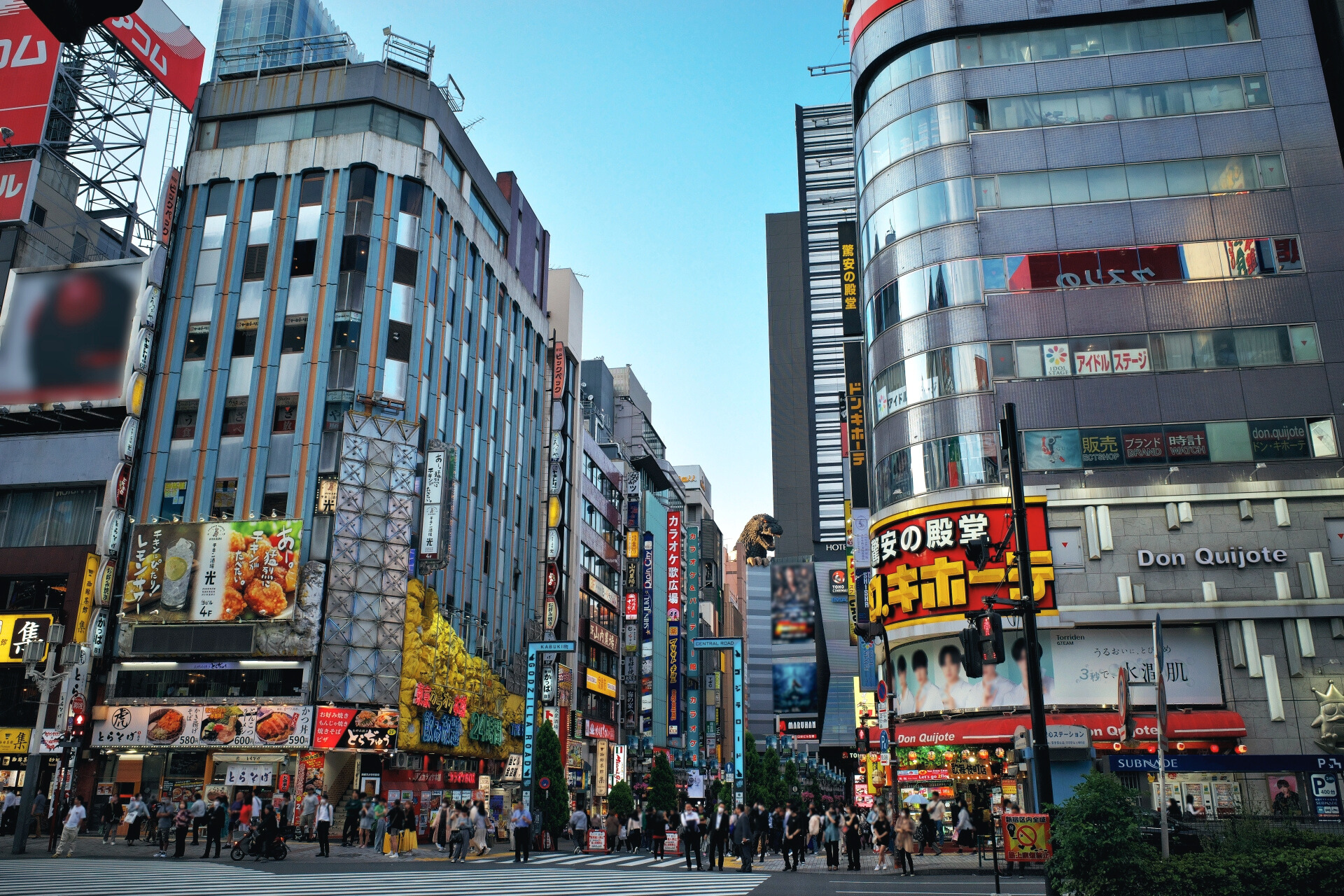
This page would not be complete without also suggesting our top recommendations on things to do in Tokyo as well. Why not check out our 25 Things to Do in Tokyo page which will also give you plenty of inspiration for your time spent in Tokyo. Here you will find some of the best activities and recommendations on how to spend your time in the Capital, as well as some tours that you can join to make the most out of your trip!
From watching Sumo wrestlers train to eating the freshest sushi at local markets, playing Taiko drums to exploring hidden shrines and temples, Tokyo truly has it all. Our Tokyo tours enable you to pick and choose from a wide range of areas and activities to explore during your trip. Want to explore lesser known neighbourhoods in Tokyo, or do you want to get into the hustle and bustle of the world’s most populated city, then click the link above and start exploring what you can do in Tokyo to make your trip unforgettable.
BEST TOURS IN TOKYO
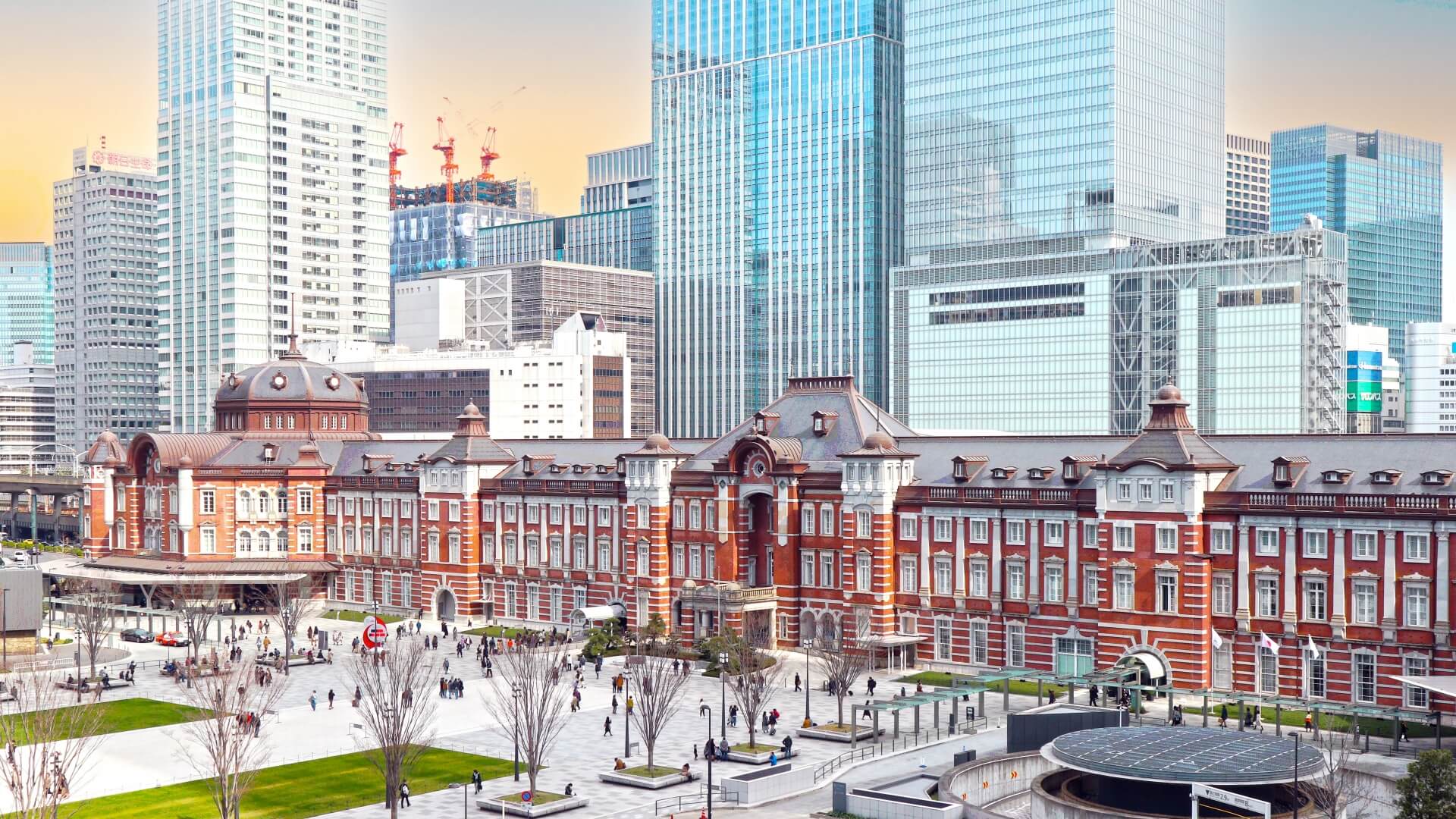
Tokyo is steeped in history. The city has faced many hardships from earthquakes, fires and the air raids of WW2, and unfortunately many of its oldest buildings and structures have disappeared over time. However, Tokyo does a fantastic job at celebrating and retaining much of its character and culture, with stunning renovations of temples and shrines, museums housing some of Japan’s finest artefacts, and pockets of neighbourhoods that have managed to preserve its original architecture despite the many challenges its faced. Pop culture lovers will rejoice at Japan’s modern aesthetic, with its bright lights and neon signs that make the city glow at night. There is so much to see and do in Tokyo. Check out our ’Best Tours in Tokyo’ page which will give you information on the best tours in Tokyo and the best day trips from Tokyo throughout the Kanto region.
Join our ‘Best of Both’ tour or our ‘Hotspots and Hidden Gems’ tour to experience some of the best Shinjuku and other areas in Tokyo has to offer!
30 DAY-TRIPS & GETAWAYS NEAR TOKYO
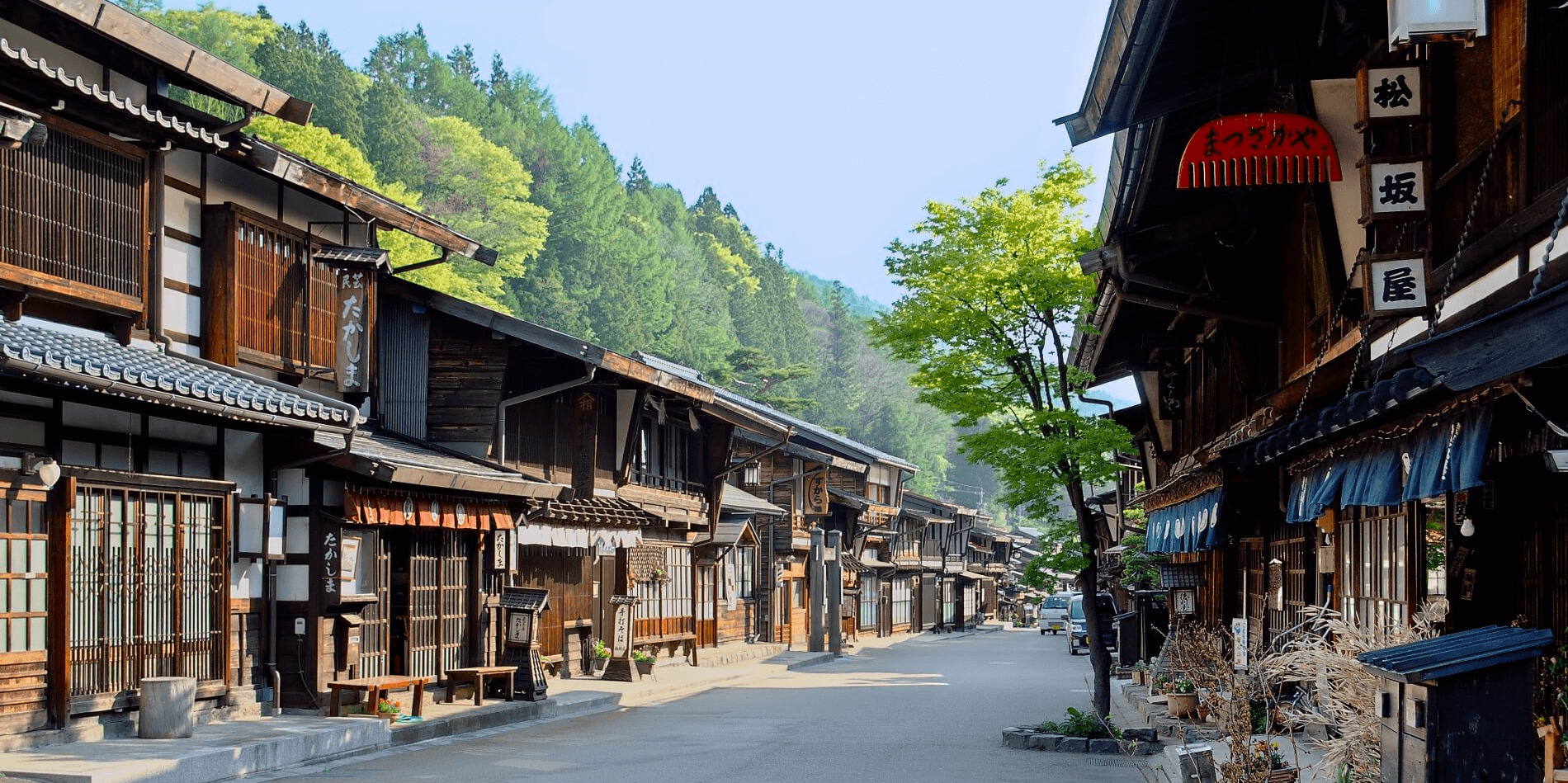
While Tokyo has more than enough to keep you entertained for your entire visit, it is also an ideal base from where to escape the city and explore our home region of Central Japan. Boasting the majority of Japan’s tallest mountains, verdant forests, open spaces, ancient temples and a slower way of life, it is everything that Tokyo is not. Our ’30 Things To Do Near Tokyo: Best Day-Trips & Overnight Getaways’ page includes some fantastic tips and suggestions of what’s on offer. We hope it tempts you to visit!
PLAN YOUR VISIT TO JAPAN
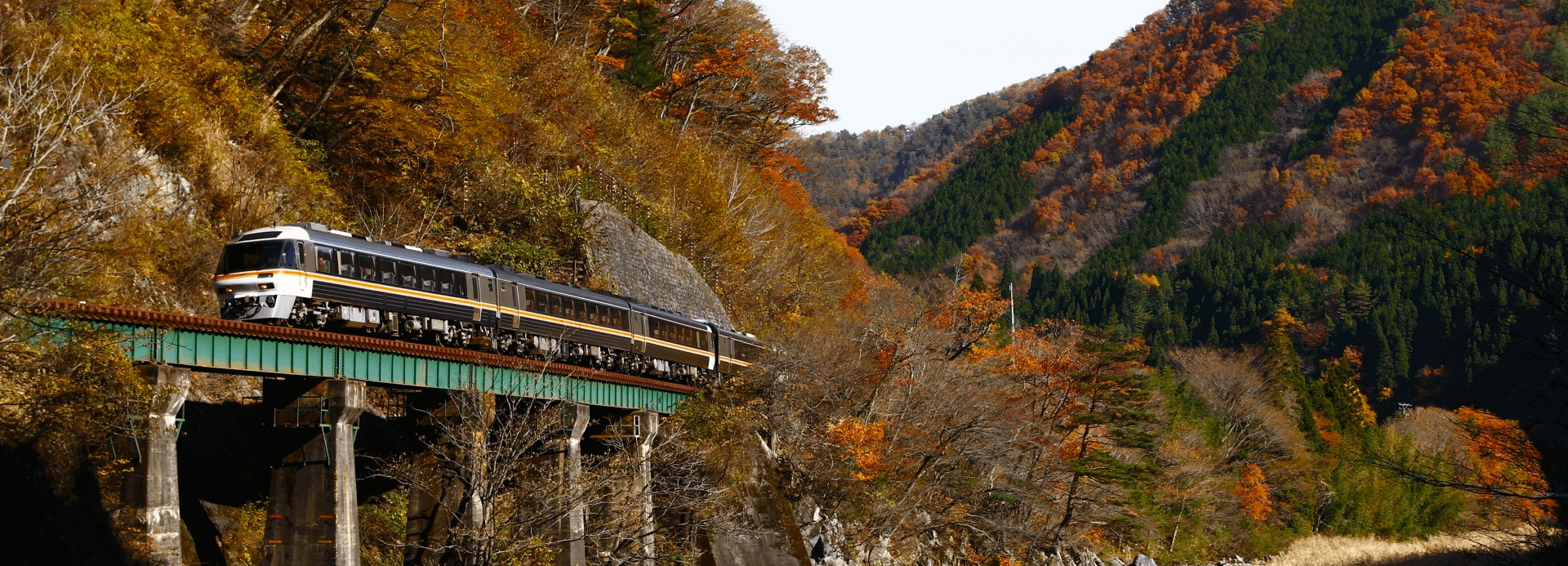

Shinjuku Station is just one part of Japan’s fantastic rail network. Unfathomable in its size and efficiency, moving around the country by train is easy and comfortable opening-up all regions of Japan for exploration. Our ‘Plan Your Visit’ page has everything you need to know about visiting Japan – from tips on the best time to travel, times to avoid, entering and exiting the country, money matters, staying connected, accommodation, staying safe and healthy and plenty more to ensure that you get the most out of your time here.














